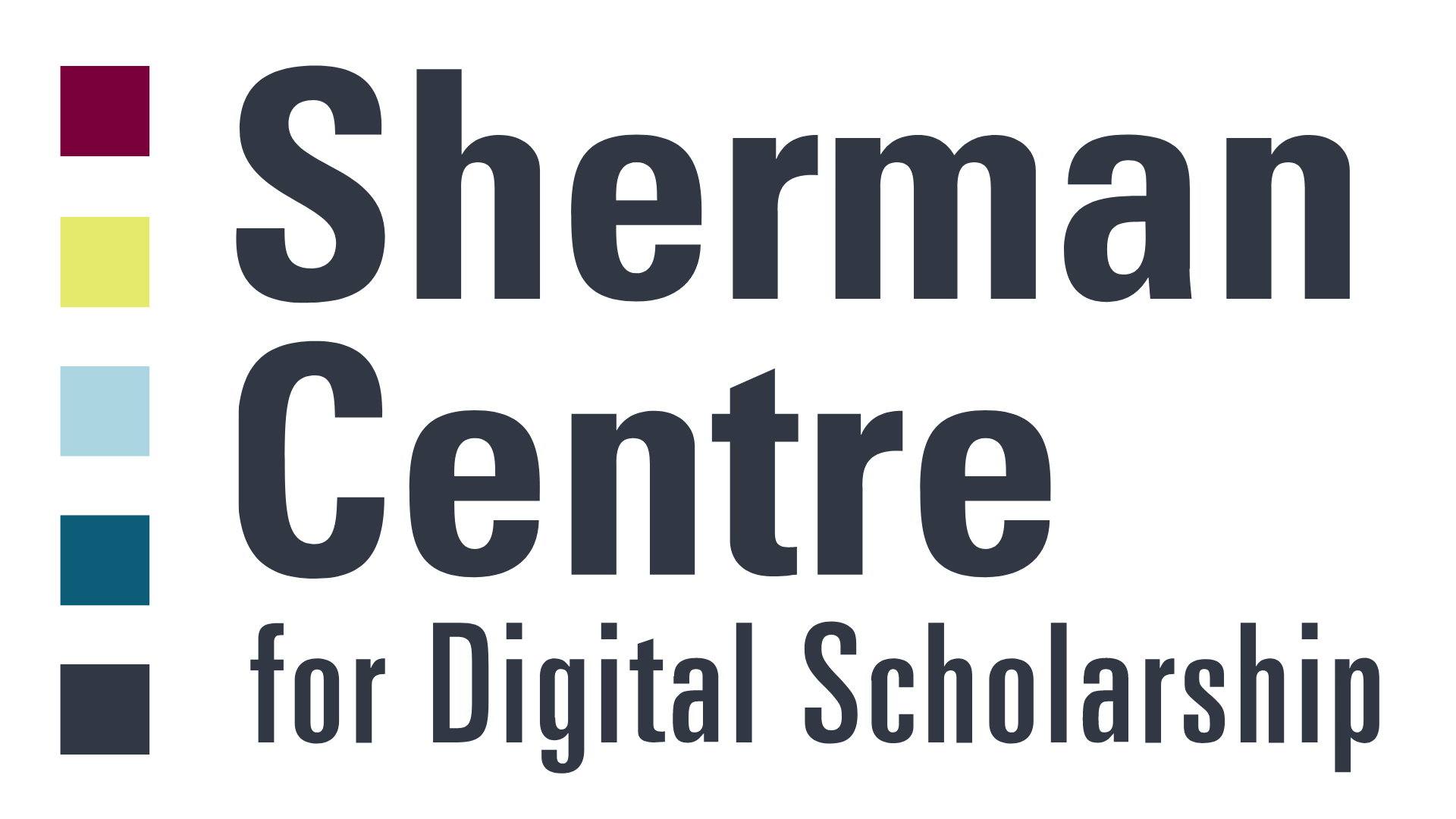By Bruno Santos
Olá! My name is Bruno Santos and I’m in the first year of a PhD program in Geography at the School of Earth, Environment & Society at McMaster University. More specifically, my doctoral research, although still in its initial stages, lies within the research area of Transportation Geography.
My project for the Digital Scholarship Residency aims to understand how the current transportation system can act as a barrier to people seeking to obtain or find a job in Canada. The idea is that, by the end of the project and under the collaboration of my residency colleagues and academic supervisor, I will have developed standardized methodologies that can be used by other researchers. These methodological standards are necessary because Canada lacks standards and objectives to ensure the equitable distribution of transportation infrastructure (Mobilizing Justice, 2023). In addition, transportation planners receive little formal guidance or training to assess the equity implications of their proposed plans. In contrast, the data that can help us ensure equity in planning has never been more available. The standardization of methodologies will cover data pre-processing and the production of job accessibility models (Palm et al., 2023).
But what exactly is accessibility? In the context of Transport Geography, accessibility refers to the potential to reach spatially distributed opportunities (Páez et al., 2012). These opportunities usually include destinations that are crucial to ensuring that all members of society can lead a fully functioning life, such as jobs, parks, cultural activities, health services and education. Because of its economic importance, much research has focused on job accessibility – the study of accessibility in terms of job opportunities. Job accessibility surfaces can help us understand the characteristics of urban form, including the spatial (mis)match between jobs and housing. In addition, job accessibility can be used to examine the employment outcomes of jobseekers.
How is Digital Scholarship helping me? I have experience with data manipulation and analysis, and I intend to leverage this as I continue my doctoral research, in a topic that is new to me. In this sense, I am looking forward to the guidance of the Sherman Centre to develop my existing knowledge and skills. Furthermore, to perform accessibility analyses, transportation researchers need to use surveys that provide information about where people live and where opportunities are located (at the very least), in my case, where they work. As you may already be imagining, this type of information is sensitive. In Canada, Statistics Canada provides valuable sources for transportation research, notably the Demographic Census and General Social Survey and Canadian Social Survey.
Access to these two surveys is restricted (fortunately), requiring a lengthy process to obtain and manipulate the data. For this reason, my research is being conducted in collaboration with the Statistics Canada Research Data Centre (RDC) at McMaster University, ensuring all necessary precautions are taken to conduct the research safely and without violating data confidentiality.
I had never worked with sensitive data before (!), but fortunately, the Sherman Centre offers various workshops on a large range of topics, some of which are very relevant to my research, such as Data Management Plan development, Sensitive Data Management, Data Encryption, ways to manage the code used in my research, among others.
Another advantage is the opportunity to structure my research. As a first year doctoral student, the residency affords me the opportunity to refine my ideas, present them to my residency colleagues, and receive feedback on what I have presented. Not to mention the opportunity to expand my network and learn about research on topics that I would hardly encounter if I were not attending such an interdisciplinary environment.
About Bruno Santos
Bruno dos Santos (He/Him) is a Ph.D. student in the School of Earth, Environment & Society at McMaster University. He holds a M.Sc. in Remote Sensing from the National Institute for Space Research (São Paulo, Brazil). His doctoral research focuses on understanding how transportation acts as a barrier for individuals in finding or maintaining employment. Additionally, he explores how variables obtained from satellite imagery contribute to transportation geography studies.
During his residency at the Sherman Centre, Bruno aims to develop standardized methods for transportation analysis in research, with a particular emphasis on studies utilizing Statistics Canada surveys. In Canada, the absence of established standards and objectives poses a challenge to comprehending the difficulties faced by individuals at risk of transportation poverty. By working with microdata files from Canadian national surveys, Bruno seeks to create a standardized methodology for conducting accessibility models that identify access to job opportunities. This comprehensive approach covers all steps, from pre-processing the data to assessing the results.
References
Mobilizing Justice. (2023, April 6). Data Driven Equity Standards. Mobilizing Justice. https://mobilizingjustice.ca/working-groups/data-driven-equity-standards/
Palm, M., Teel, S., Tiznado-Aitken, I., Soukhov, A., Paez, A., Farber, S., & Hain, M. (2023). Developing Data Driven Equity Standards: Stakeholder Perspectives. https://mobilizingjustice.ca/wp-content/uploads/2023/06/Developing_Data_Driven_Standards_FINAL_2023_06_06.pdf
Páez, A., Scott, D. M., & Morency, C. (2012). Measuring accessibility: positive and normative implementations of various accessibility indicators. Journal of Transport Geography, 25, 141-153.



Leave a Reply